Empowering Garment Workers through Telehealth: MedAi's Journey
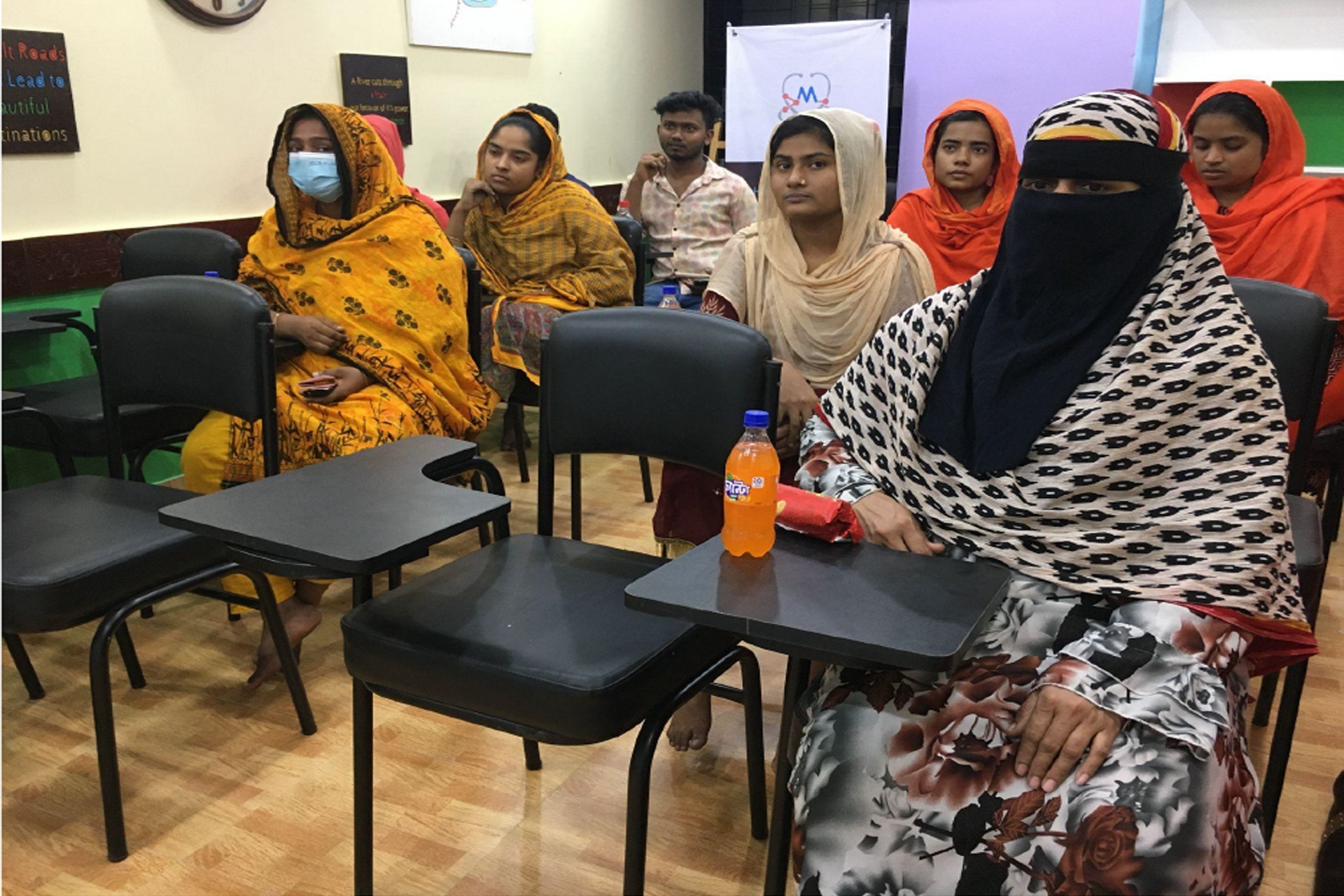
RMG worker session digital health training session
In recent years, the digital revolution has opened up endless possibilities in the healthcare sector, providing opportunities to reach underserved populations. One such population facing unique challenges is the garment workers in various regions. MedAi, a pioneering digital health company, embarked on a transformative journey to empower these workers through telehealth solutions. In this article, we will delve into MedAi's remarkable journey, the obstacles encountered along the way, and the strategies employed to educate and engage garment workers in utilizing telehealth applications.
MedAi was born out of a vision to bridge the healthcare gap and improve access to quality services for all. Driven by a passionate team of healthcare and technology experts, MedAi set its sights on making a difference in the lives of vulnerable populations. Recognizing the challenges faced by garment workers, especially in accessing healthcare services, MedAi embarked on a mission to empower them through telehealth.
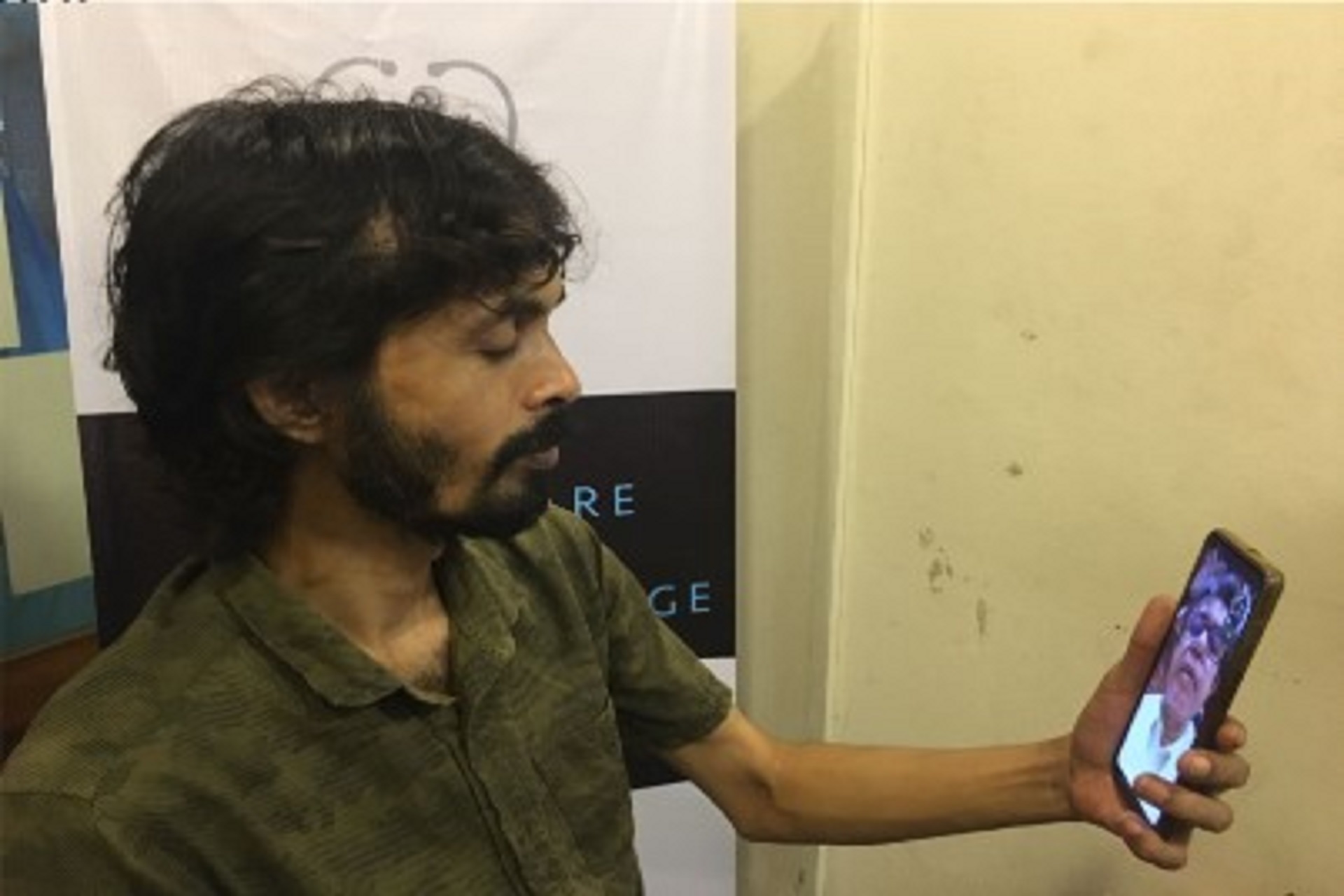
RMG worker remote medical consultation
Educating garment workers about telehealth posed unique challenges. Limited access to healthcare, language barriers, and low digital literacy were significant hurdles to overcome. MedAi conducted in-depth research to understand the specific needs and barriers faced by this population. Focus group discussions (FGDs) and in-depth interviews (IDIs) were conducted to gain insights and inform the development of a user-friendly telehealth application.
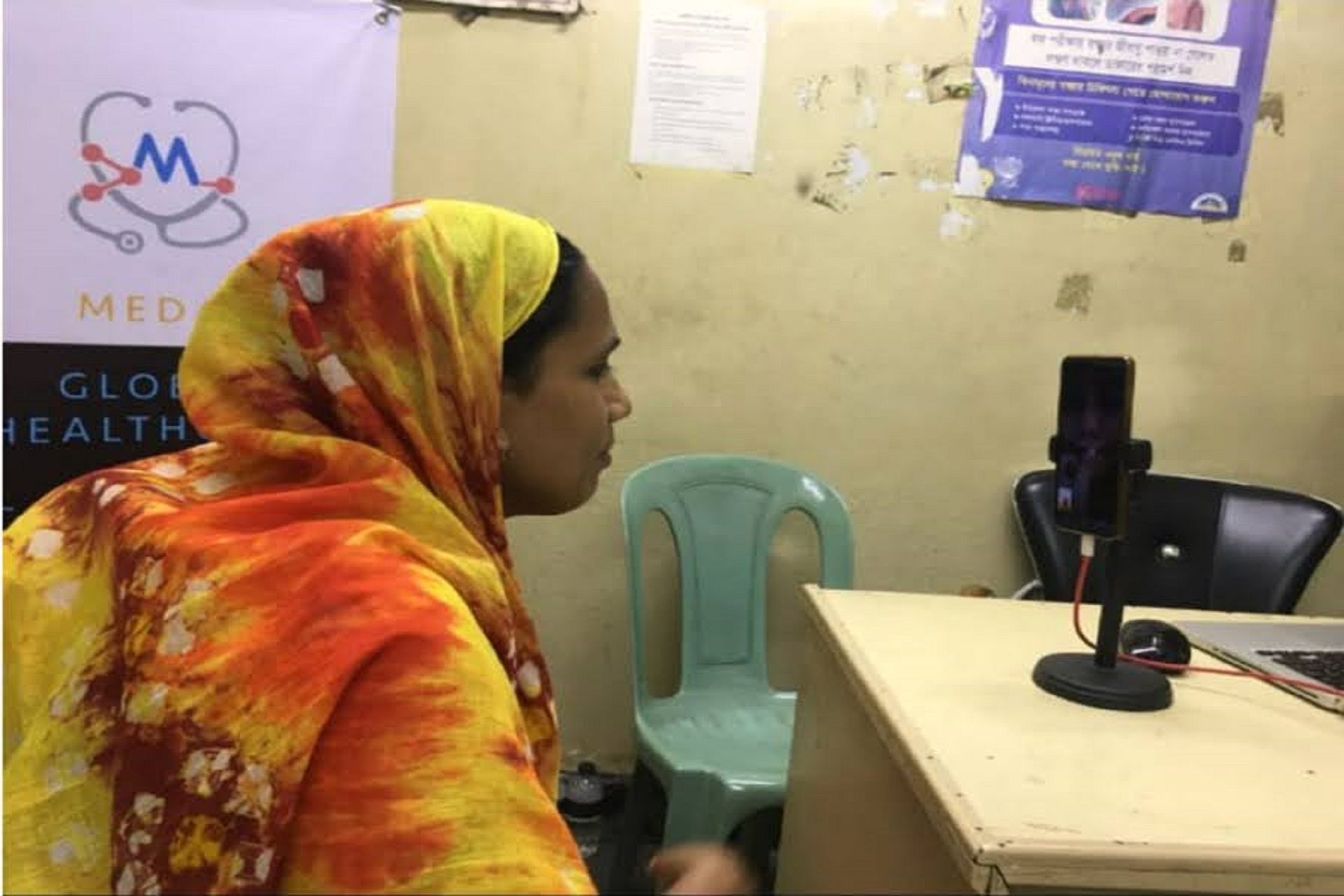
Remote medical consultation : A female RMG factory worker at Comfort garments receiving remote medical consultation.
To overcome the digital literacy barrier, MedAi conducted extensive education and training programs for garment workers. Collaborating with local organizations, MedAi organized workshops, training sessions, and awareness campaigns. These initiatives aimed to familiarize workers with the telehealth application, its benefits, and how to navigate its features effectively.
MedAi leveraged the valuable feedback gathered from garment workers through FGDs and IDIs to design a telehealth application tailored to their needs. The user interface was carefully crafted, taking into consideration the workers' digital literacy levels and language preferences. Intuitive features, multilingual support, and simplified navigation were incorporated to ensure ease of use and enhance user experience.
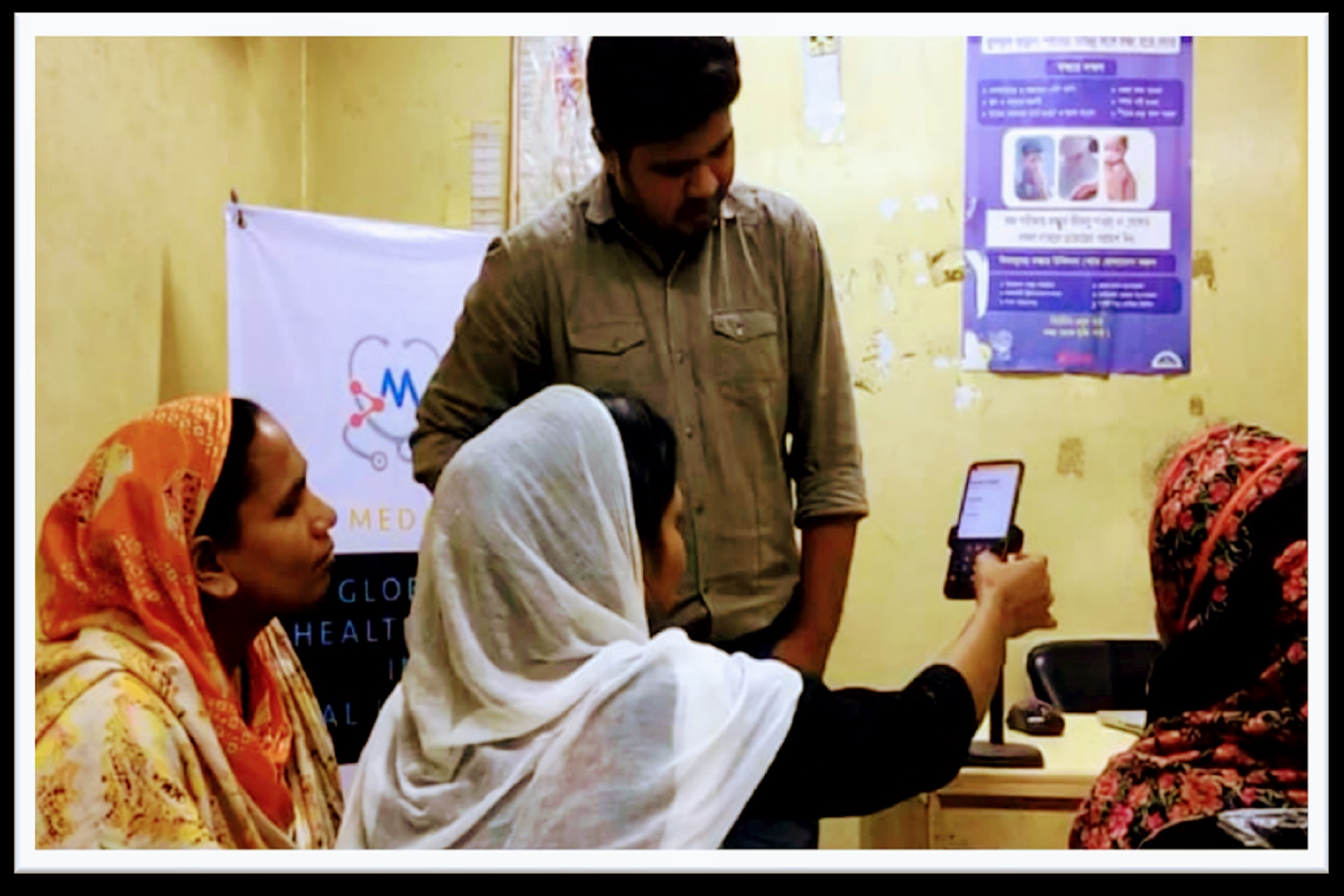
Training session : Female workers at comfort garments Dhaka learning how to use MedAi digital health platform.
Through MedAi's telehealth application, garment workers gained access to essential healthcare services conveniently and efficiently. They could schedule virtual consultations, receive personalized health advice, and access educational resources at their fingertips. The telehealth platform offered a lifeline to those previously deprived of timely medical care, enabling early intervention and preventive measures.
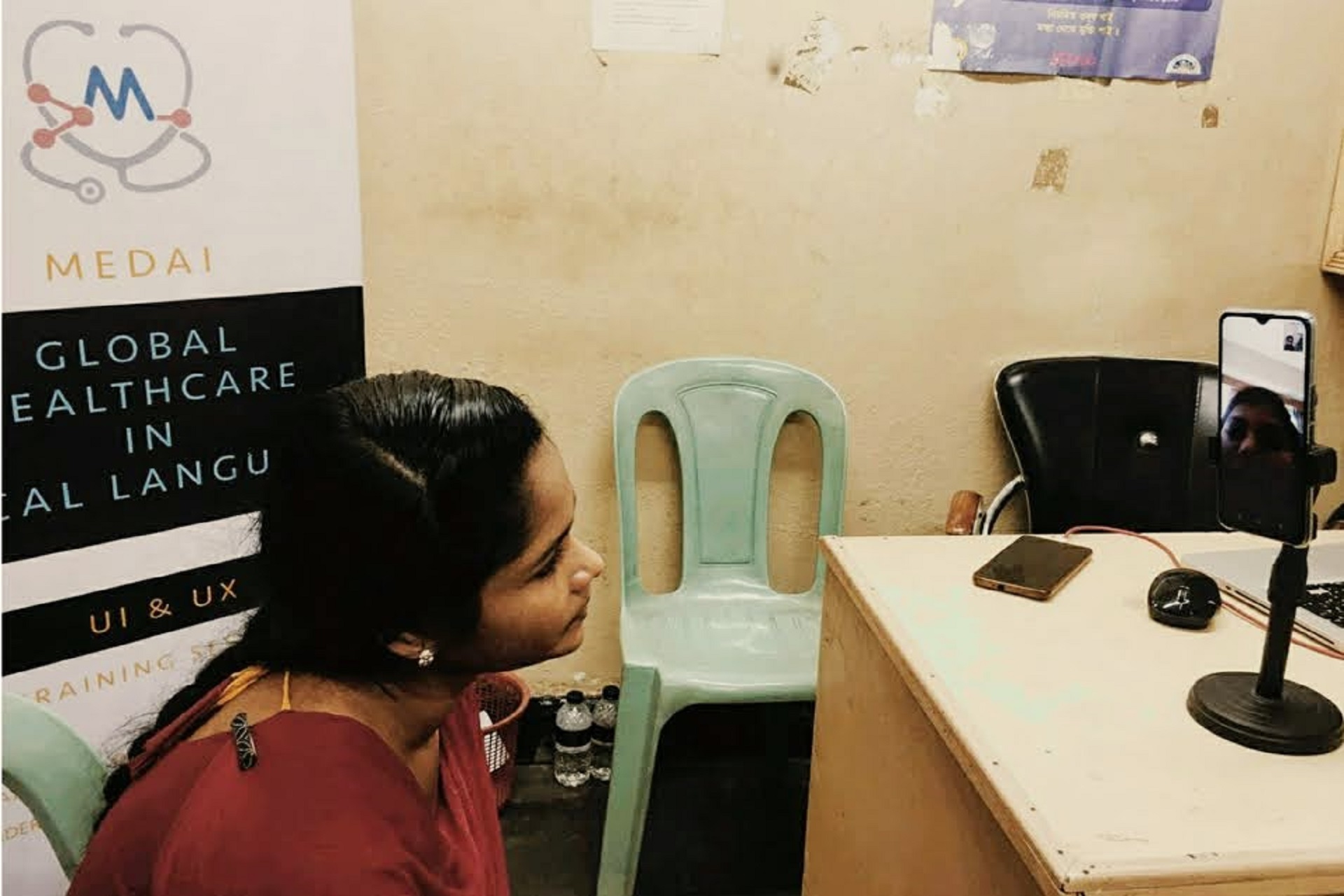
Remote medical consultation : A female RMG factory worker at Comfort garments receiving remote medical consultation.
MedAi's efforts have yielded significant positive impacts on garment workers' health and well-being. Increased access to healthcare, early detection of health issues, and improved health literacy are just some of the outcomes observed. MedAi remains committed to expanding its reach, partnering with garment manufacturers, and advocating for policy changes to ensure sustainable healthcare solutions for this workforce.
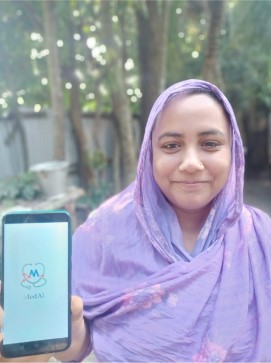
MedAi's journey in empowering garment workers through telehealth has been marked by determination, innovation, and a deep understanding of the challenges faced by this population. By actively engaging with garment workers, conducting research, and designing user-friendly applications, MedAi has bridged the gap between healthcare and this underserved population. As technology continues to evolve, MedAi's commitment to ensuring access to quality healthcare for all remains unwavering. Through their remarkable efforts, MedAi is paving the way for a future where telehealth becomes a cornerstone of healthcare accessibility, transforming the lives of vulnerable communities like garment workers.